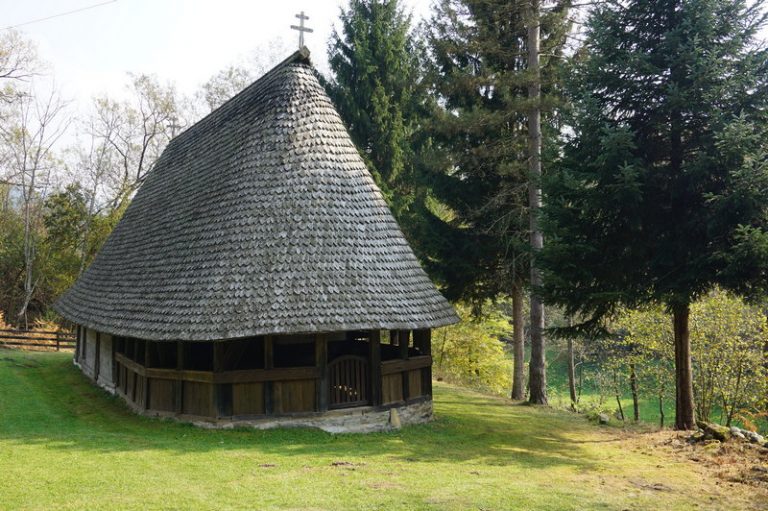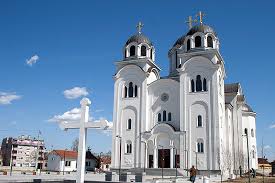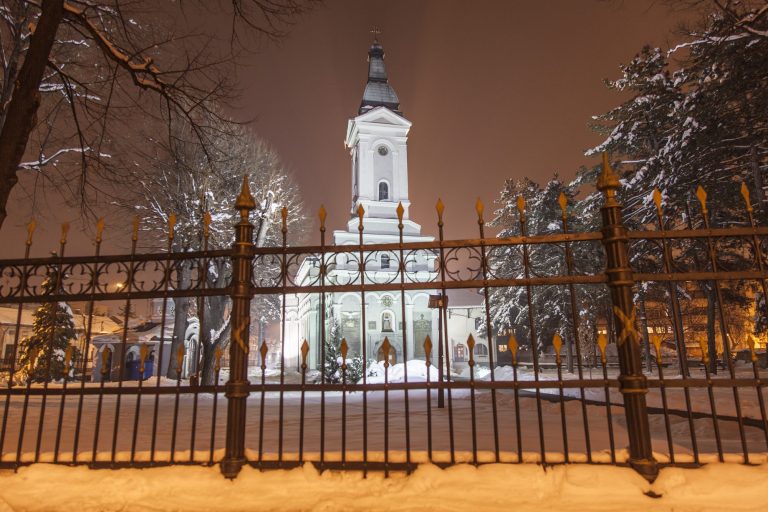The monastery of Jovanja is located in the immediate vicinity of Valjevo, on the right side of the gorge of the river Jablanica, in the area of the village of Jovanja, (7 km) on the road to Poćuta and Bajina Bašta.
The monastery church dedicated to the Birth of St. John represents an immovable cultural good as a cultural monument of great importance.
There are no reliable sources when the monastery was built, although it is believed that it was most likely in the early 15th or early 16th century. In the first half of the 18th century, there was a theological school in the monastery, and in 1788 the Turks set fire to the monastery. At the beginning of the 19th century, it was turned into a peaceful church.
The monastery church is a single-nave building with a rectangular base, which belongs to the simplified Raska style, with a dome supported by leaning arches on the north and south sides and a semicircular vault on the east and west sides. The small church has a base divided by pilasters into three transepts. The dominant dome of the cylindrical tambour placed above the central lawn gives its characteristic appearance to the temple. The altar apse is semicircular and arched, with niches in which the deacon and the proscomidian are housed. Two narthexes were added later. The narthex was added at the beginning of the 18th century (1706), when the entire monastery was renovated thanks to the patronage of the Vitanović brothers, Jovan and Jevta, who were buried, thanks to their patronage, in the gate south of the temple.
Parts of the preserved frescoes show some scenes from the Great Feasts and standing figures, and on the west wall, in the original appearance of the temple where the porch dominated, the Last Judgment was painted. The older frescoes (from the 17th century) of the church of St. John have been restored several times. The composition of the crucifixion of Christ on the north wall stands out for its monumentality. The performance of the Annunciation is located on the eastern arch in the area below the dome, and a significant fresco, the Baptism of Christ, on the south wall.
The abbot of the monastery is Archimandrite Mihailo Biković



